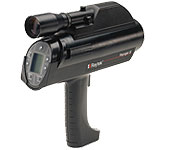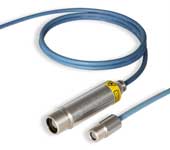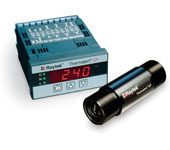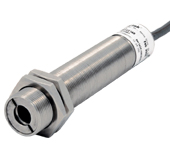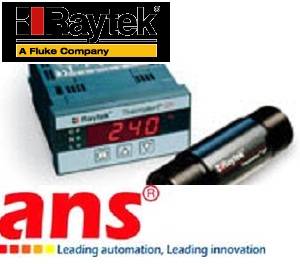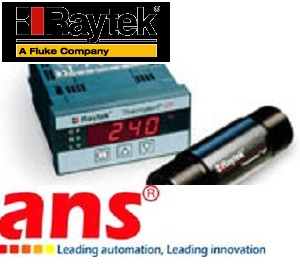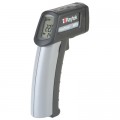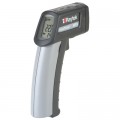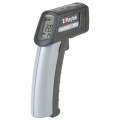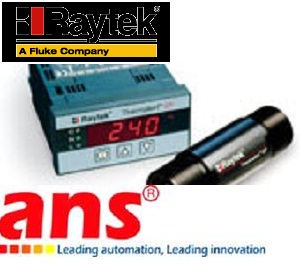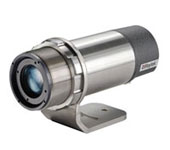
Marathon MM |
 |
|



Product Description
The new Marathon MM Series platform, which covers a temperature range of minus 40 to 3000°C (minus 40 to 5432°F), consists of six IR temperature sensor models, each with a specific measurement wavelength and temperature range appropriate for either low- (minus 40 to 800°C / minus 40 to 1472°F), medium- (250 to 1100°C / 482 to 2012°F), or high-temperature (300 to 3000°C / 572 to 3273°F) production monitoring.
The Marathon MM now features Precision Variable Focus that allows fast, easy and accurate adjustment of the focus of measurement targets, either by push-button at the rear of the instrument or remotely via an RS232/RS485 PC connection, where adjustments can be seen real-time through video. Sensors with variable focus option can be configured according to each application requirements reducing the installation time and chance for incorrect installation.
To meet the needs of a many industries and a wide range of applications, Raytek offers the following types of MM sensors:
|
Model
|
Temperature
Range |
Spectral Response
|
Response Time
(95% response) |
|
LT
|
-40°C to 800°C
(-40°F to 1472°F) |
8 - 14 µm
|
120 ms
|
|
G7
|
300°C - 900°C (572°F to 1652°F) |
7.9 µm | 120 ms |
|
G5L
|
250°C to 1650°C
(482°F to 3002°F) |
5 µm
|
60 ms
|
|
G5H
|
450°C to 2250°C
(842°F to 4082°F) |
5 µm
|
60 ms
|
|
MT
|
250°C to 1100°C
(482°F to 2012°F) |
3.9 µm
|
120 ms
|
|
3M
|
100°C to 600°C
(212°F to 1112°F) |
2.3 µm
|
20 ms
|
|
2ML
|
300°C to 1100°C
(572°F to 2012°F) |
1.6 µm
|
2 ms
|
|
2MH
|
450°C to 2250°C
(842°F to 4082°F) |
1.6 µm
|
2 ms
|
|
1ML
|
450°C to 1740°C
(842°F to 2732°F |
1 µm
|
2 ms
|
|
1MH
|
650°C to 3000°C
(1202°F to 5432°F) |
1 µm
|
2 ms
|
All sensors feature identical installation hardware and include Raytek DataTemp Multidrop software to enable easy and consistent installation, configuration and data capture across the full breadth of an application:
- steel and metals processing (foundry/forging operations & heat treating)
- glass bending, forming, tempering, annealing, and sealing
- paper processing (ink drying/curing & lamination)
- plastics processing and thermoforming; and semiconductor processing







 Ms Liên
Ms Liên